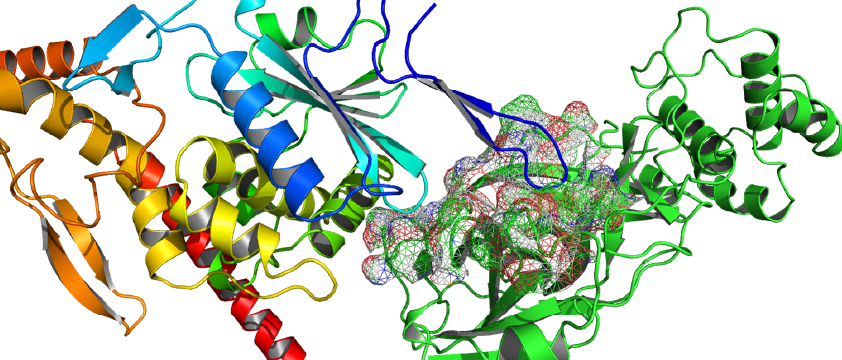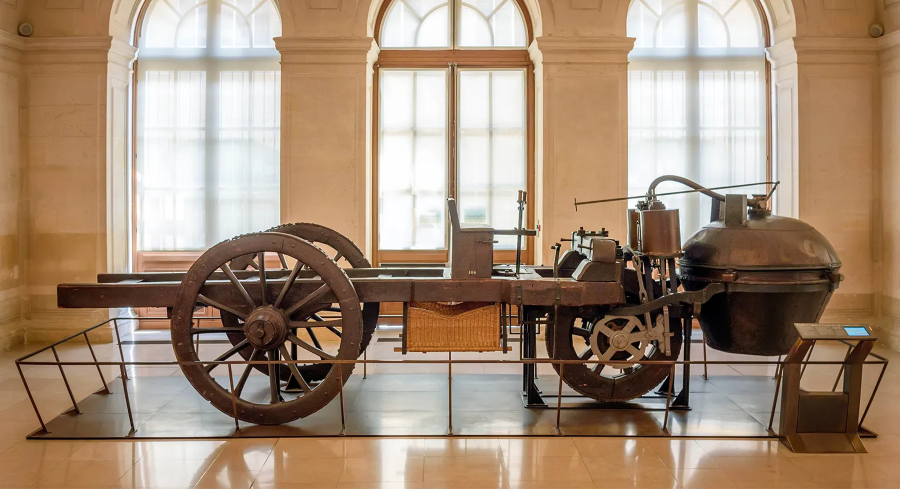Setting the Stage
Have you ever wondered how scientists rise to the challenge during a global health crisis like COVID-19? It’s a story that combines detective work, innovation, and a deep understanding of nature’s intricate designs.
COVID-19, a term that has become all too familiar, refers to the disease caused by the novel coronavirus, SARS-Cov-2. This tiny but mighty virus brought the world to a standstill, prompting an urgent quest for effective treatments. One key to unlocking this puzzle lies in understanding the virus itself, particularly a crucial component called the 3CLpro enzyme.
Why focus on this enzyme, you might ask? Well, imagine the 3CLpro as a master switch that enables the virus to hijack human cells and replicate itself. If we can find a way to turn off this switch, we could potentially stop the virus in its tracks!
But how do we achieve this feat? This field is an exciting mix of chemistry and biology, where knowledge is blended with innovation to design potential solutions. Chemists and biologists have worked tirelessly to understand the virus’s structure and mechanisms, aiming to outsmart it. Among the promising candidates emerging from this effort is RetroMAD1, a novel antiviral agent initially developed for other purposes but now repurposed in the fight against COVID-19.
Let us discover the inspiring stories of scientists pushing the boundaries of knowledge to protect humanity The story of RetroMAD1 is not just about a potential drug; it’s a testament to the power of science in overcoming challenges and paving the way for a healthier future.
The Mission
Did you know the quest to win against a virus is a high stakes “molecular” or “mini” chess game? Our primary goal in this study was to explore whether RetroMAD1, a chimeric protein originally designed to fight different viral infections, could be the game-changer in this battle against SARS-Cov-2. Specifically, we aimed to understand how RetroMAD1 interacts with the notorious 3CLpro enzyme – a key player in the virus’s ability to replicate. If RetroMAD1 could effectively block or inhibit this enzyme, it could be a crucial step towards stopping the virus’s spread.
Behind the Scenes
To unravel this mystery, we employed a blend of sophisticated techniques. First, we used molecular docking and molecular dynamic simulations – think of them as highly advanced computer models that allow us to predict and visualise how RetroMAD1 and the 3CLpro enzyme might interact at the molecular level – mano a mano.
These simulations are like a virtual dance, where we observe how these two molecules come together in a complex tango. Following these computational predictions, we moved into the lab, conducting in vitro evaluations.
This step is crucial as it moves our predictions from the computer screen into real-life observations.
The data corroborate well with the experiment’s goal – RetroMAD1 was able to stop the growth of the virus to up to 90% of its population, compared to a control group. YES!

The figure above vividly depicts a molecular dance between RetroMAD1 (in rainbow colour) and the 3CLpro enzyme (in green). This image symbolises the key step in a virtual combat against viral threats.
The Bigger Picture
The journey of RetroMAD1 is more than a scientific milestone; it’s a vivid reminder of our collective potential when we unite in the pursuit of knowledge and innovation. As we forge ahead, let this be an invitation to all — whether scientists, students, or curious minds — to join in the noble endeavour of science. Together, we can continue to unravel the mysteries of the natural world and pave the way for a healthier, brighter future for all.
Acknowledgement: This article was based on the author’s and colleagues’ work and was written to suit the general public. Here is the original research article.




